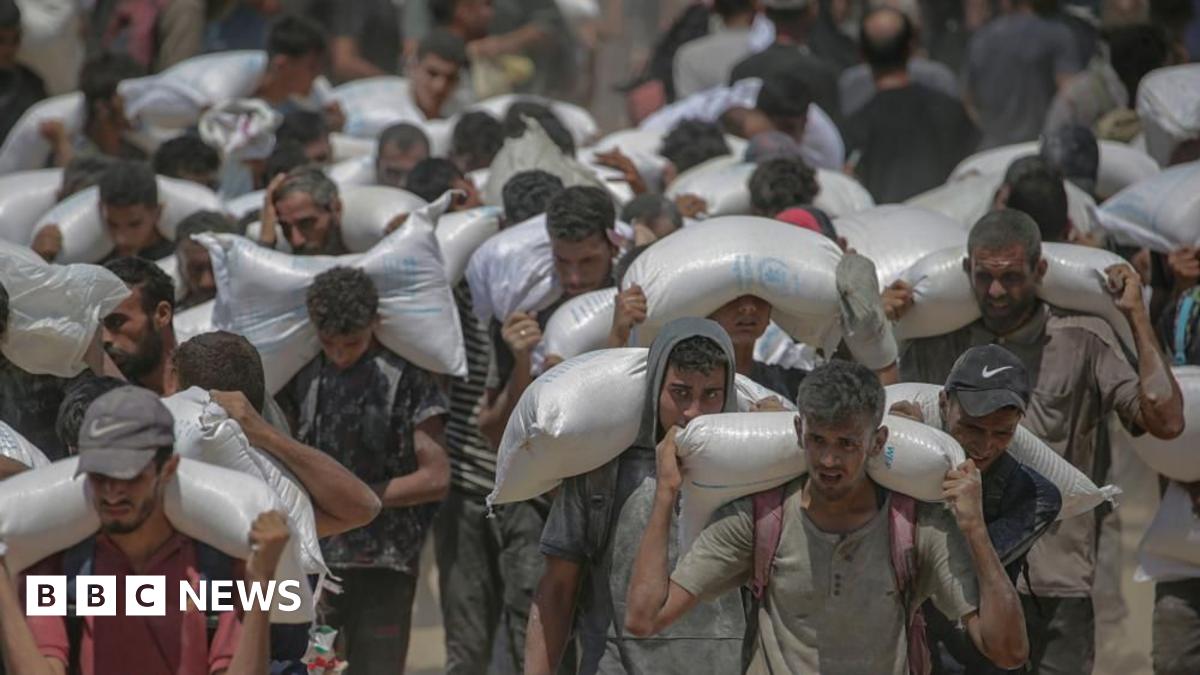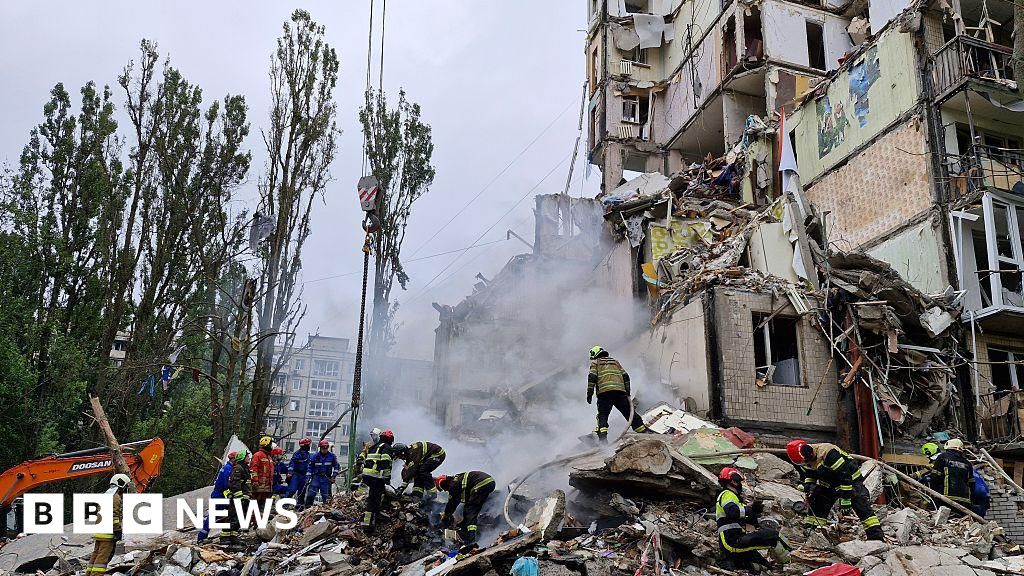Gaza Faces Dire Malnutrition Crisis: WHO Sounds Alarm as Aid Airdrops Continue

The humanitarian situation in Gaza continues to deteriorate, with the World Health Organization (WHO) issuing a stark warning about alarmingly high levels of malnutrition, particularly among children. Despite recent efforts to deliver aid via airdrops, coordinated by nations like Jordan and the UAE following new measures announced by Israel, the need remains critical. This article explores the severity of the malnutrition crisis, the challenges in aid delivery, and the potential long-term consequences for the population of Gaza.
The Growing Malnutrition Crisis
The WHO's warning underscores the devastating impact of the ongoing conflict on Gaza's food security. Limited access to food, clean water, and essential medical supplies has created a perfect storm for malnutrition. Children are especially vulnerable, with reports indicating a significant rise in cases of severe acute malnutrition, potentially leading to long-term developmental and health problems. The breakdown of essential services, including healthcare and sanitation, further exacerbates the situation.
Airdrops Offer Temporary Relief, But Challenges Remain
The recent airdrops conducted by Jordan and the UAE, alongside other international partners, represent a crucial, albeit temporary, lifeline for the people of Gaza. These efforts, coupled with new aid measures announced by Israel, aim to alleviate the immediate suffering and provide essential supplies. However, airdrops are not a sustainable solution. They are logistically complex, expensive, and often inefficient in reaching those most in need. The dependence on external assistance highlights the urgent need for a more reliable and comprehensive aid delivery system.
Obstacles to Aid Delivery and the Need for Sustainable Solutions
Despite increased efforts, significant obstacles continue to hinder the flow of aid into Gaza. Bureaucratic hurdles, security concerns, and restrictions on access points have slowed down the delivery process. The destruction of infrastructure, including roads and ports, further complicates the situation.
Sustainable solutions require a multifaceted approach. This includes:
- Establishing Safe and Reliable Aid Corridors: Ensuring unrestricted access for humanitarian organizations and aid convoys.
- Repairing Essential Infrastructure: Restoring damaged roads, ports, and water treatment facilities.
- Supporting Local Food Production: Providing farmers with seeds, fertilizers, and other resources to boost local food production.
- Addressing the Root Causes of the Crisis: Seeking a long-term resolution to the conflict that addresses the underlying issues of poverty, displacement, and insecurity.
Long-Term Consequences and the Urgent Need for Action
The current malnutrition crisis in Gaza is not just a short-term emergency; it has the potential to have long-lasting consequences for the health and well-being of the population, particularly children. Untreated malnutrition can lead to stunted growth, weakened immune systems, and increased susceptibility to disease. The psychological trauma of the conflict and food insecurity will also have a lasting impact on mental health.
The international community must step up its efforts to provide humanitarian assistance, but also work towards a sustainable solution that addresses the root causes of the crisis and ensures the long-term security and well-being of the people of Gaza. Failure to act decisively will have devastating consequences for generations to come.






